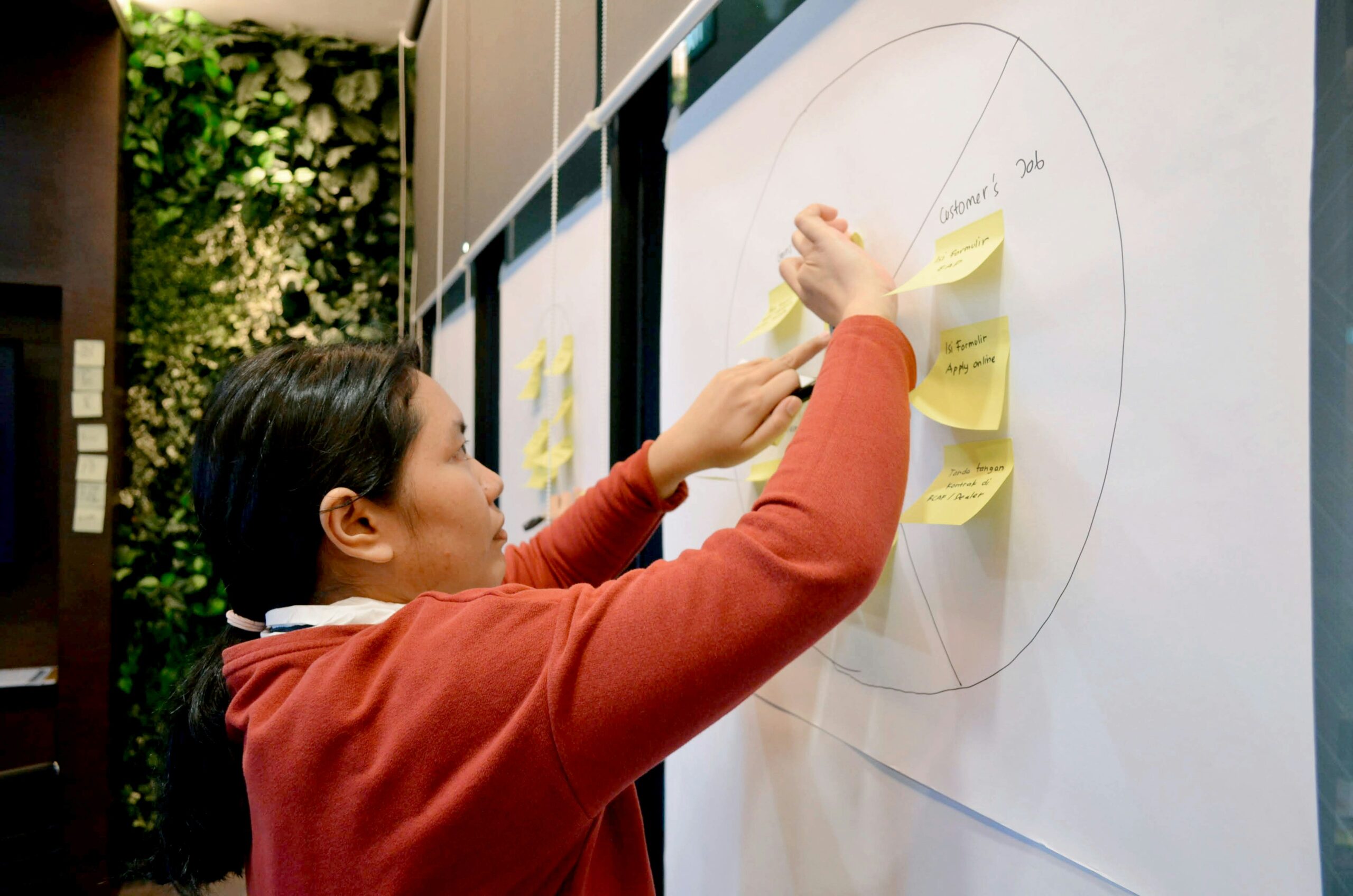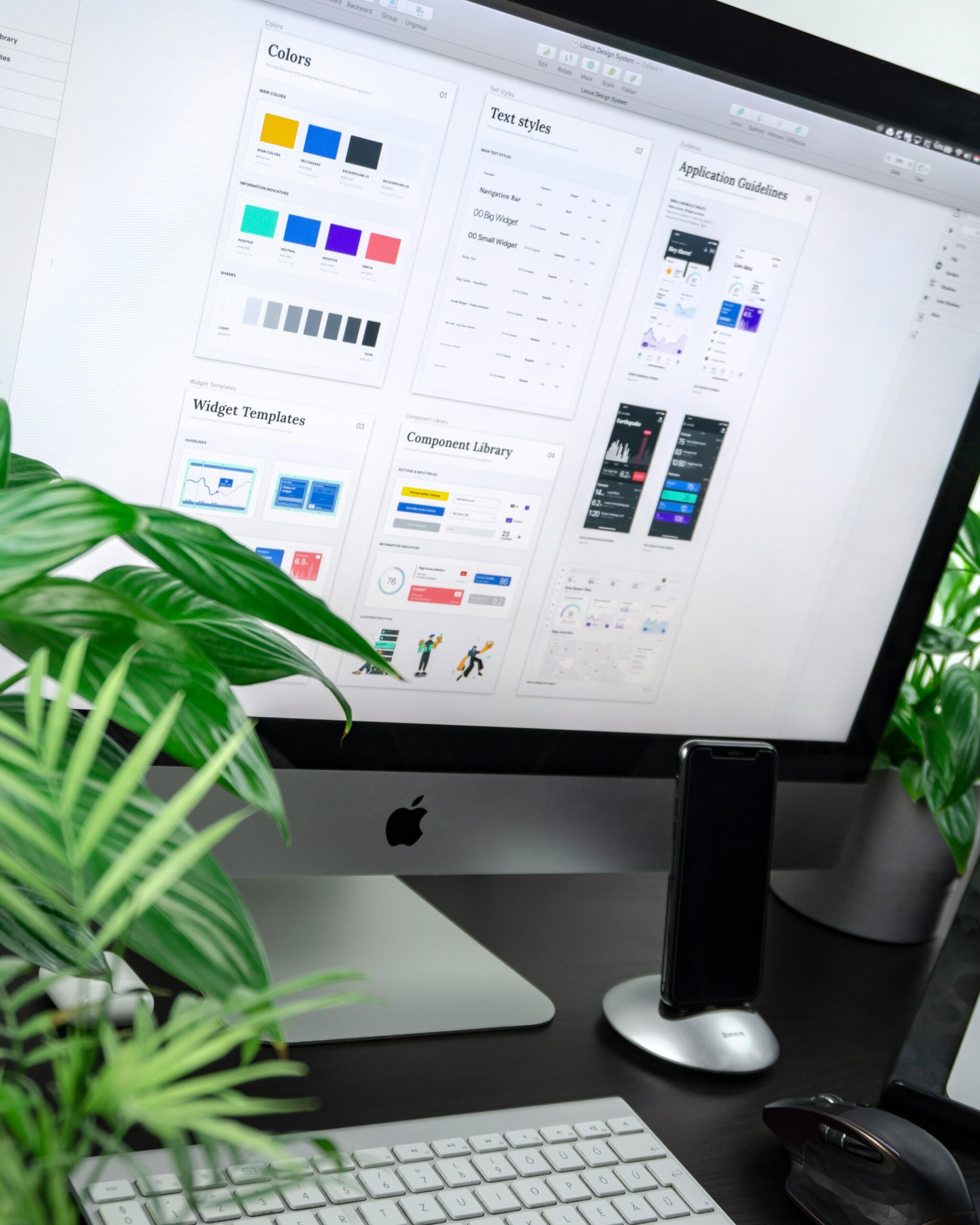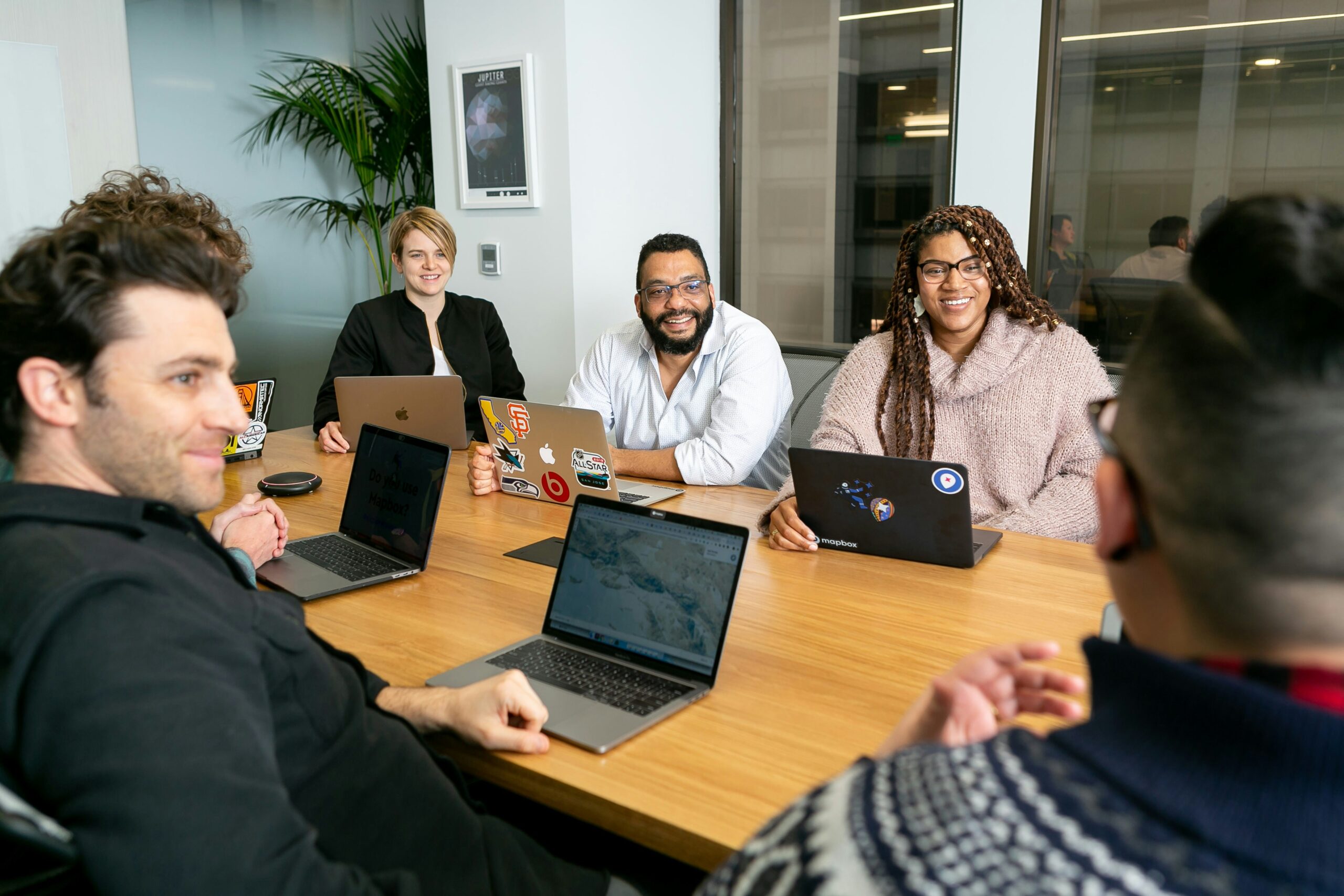Is your website failing to engage users and boost customer satisfaction? Understanding the difference between user experience design services and traditional design approaches can significantly impact. This article will define user experience design services, highlight their advantages, and compare them with traditional methods. Readers will learn how user research, tools like Adobe XD, and effective collaboration can improve onboarding experiences. The content aims to help businesses enhance their online presence and solve common usability challenges by addressing these points.
Key Takeaways
- User experience design prioritizes user needs to boost satisfaction and engagement
- Research and testing are essential for effective user experience design solutions
- Incorporating user feedback fosters innovation and improves conversion rates and customer retention
- Technology advancements like AI are transforming personalized user experiences in design
- Aligning design services with business goals enhances overall user experience effectiveness
Defining User Experience Design Services

User experience design services focus on creating user-friendly and accessible websites. Key characteristics that set UX design apart include its emphasis on understanding user behavior and integrating a user-centered approach. These services encompass critical components like usability, accessibility, and credibility, ensuring that the end product effectively meets user needs. Through these practices, UX design helps enhance overall web development efforts.
Characteristics That Set User Experience Design Apart
User experience design services focus on creating engaging websites guided by strong concepts and methodologies. A significant aspect that sets UX design apart is its emphasis on information architecture, which organizes content to enhance usability and accessibility. This focus, combined with the use of analytics during the design process, helps teams refine their approach and ensure the final product aligns with user behavior and needs, ultimately improving the software development lifecycle.
Key Components of User Experience Design Services
Key components of user experience design services include interface design, animation, and cultural context. Interface design focuses on creating layouts that are intuitive and easy to navigate, directly improving user interaction. Animation enhances these interfaces by providing smooth visual transitions, making experiences feel more engaging. Understanding cultural differences helps teams craft solutions that resonate with diverse audiences.
Understanding the User-Centered Approach in UX Design
The user-centered approach in UX design prioritizes the needs and behaviors of the target audience. This method enhances scalability and encourages innovation by incorporating user feedback directly into the web design process. By focusing on clear specifications based on user insights, designers can create solutions that are not only visually appealing but also functional and relevant to the users’ daily interactions.
- Focus on user needs and behaviors.
- Enhance scalability and foster innovation.
- Incorporate user feedback into specifications.
Advantages of User Experience Design Services

User experience design services prioritize user needs, leading to greater satisfaction. By integrating empathy into interaction design, these services foster innovation through direct user feedback. As a result, businesses see improved conversion rates and increased customer retention, strengthening their brand presence and meeting stakeholder expectations.
Prioritizing User Needs for Enhanced Satisfaction
Prioritizing user needs in design enhances satisfaction by creating experiences tailored to the audience’s preferences and behaviors. Research is crucial in understanding these needs, allowing organizations to craft an effective design ecosystem. By incorporating user insights into a style guide, businesses can ensure consistency and relevance across all touchpoints, ultimately driving better results and engagement.
Encouraging Innovation Through User Feedback
Encouraging innovation through user feedback is vital for enhancing user experience design services, especially in a bustling environment like New York City. By actively engaging users during the design process, teams can gather valuable insights that drive motivation and creativity. For example, using root cause analysis helps identify the barriers users face, allowing designers to address these challenges and create tailored solutions that resonate with the audience.
Impact on Conversion Rates and Customer Retention
User experience design services significantly impact conversion rates and customer retention through comprehensive audits and evaluations of user interactions. By focusing on understanding user needs via quantitative research, businesses can pinpoint areas for improvement in their mobile apps and websites. This tailored approach leads to more user-friendly interfaces that encourage users to engage more and stay longer, ultimately boosting conversions and maintaining customer loyalty.
User Experience Design Services vs Traditional Design Approaches

User experience design services differ from traditional design approaches in various ways. They focus on understanding user needs and preferences through thorough research and testing, making them more effective in creating relevant solutions. This strategic architecture leads to long-term benefits, particularly in fields like fintech and supply chain, where investing in experience design enhances overall user knowledge and satisfaction.
Differences in Approach to User Needs and Preferences
User experience design services prioritize understanding customer needs through detailed research and testing. This approach focuses on creating omnichannel experiences seamlessly connecting different platforms and devices, allowing users to navigate without complexity. By investing in expert-driven UX design, businesses can achieve a higher return on investment, as tailored solutions directly address customer preferences and enhance overall satisfaction.
The Role of Research and Testing in UX Design
The role of research and testing in UX design is fundamental for creating effective systems that meet user needs. By analyzing touchpoints, designers can identify how users interact with various elements, improving workflow efficiency. For instance, testing typography choices ensures readability and consistency across the interface, ultimately enhancing the user experience.
Long-Term Benefits of Investing in Experience Design
Investing in experience design brings long-term benefits that enhance usability and navigation, making websites and applications more accessible for users. Businesses can create environments that foster customer engagement by applying design thinking principles and usability testing. This commitment to understanding user needs leads to improved loyalty and satisfaction, ultimately driving sustained growth and success.
How to Choose the Right User Experience Design Service

Choosing the right user experience design service requires careful evaluation of potential design partners based on their experience and track record. It is also essential to assess the services offered to ensure alignment with specific business goals. This section will cover how to evaluate expertise and detail the importance of matching services to enhance overall user experience effectively.
Evaluating Potential Design Partners Based on Experience
When evaluating potential design partners based on experience, businesses should look for a strong portfolio showcasing successful projects in user experience design. This includes assessing their familiarity with various industries, their ability to tackle specific challenges, and their approach to user-centered design principles. Engaging with previous clients to gain insights on collaboration and outcomes can provide valuable context to ensure a good fit for enhancing the overall user experience.
Assessing Services Offered to Align With Business Goals
When assessing services offered by user experience design companies, businesses must ensure they align with specific goals and objectives. This alignment can lead to more effective designs that address user needs and contribute to overall success. Evaluating a service provider’s approach, including their usability testing and user research methods, can help organizations find a partner that facilitates a smooth journey toward enhanced user experiences and measurable results.
Conclusion
User experience design services significantly outperform traditional design approaches by prioritizing user needs and preferences through extensive research and testing. This method creates seamless experiences across different platforms, enhancing user satisfaction and engagement. Investing in UX design leads to greater returns, as tailored solutions directly address customer expectations and encourage loyalty. Ultimately, the shift towards user-centered design is crucial for businesses aiming to achieve sustained growth and excel in competitive markets.
